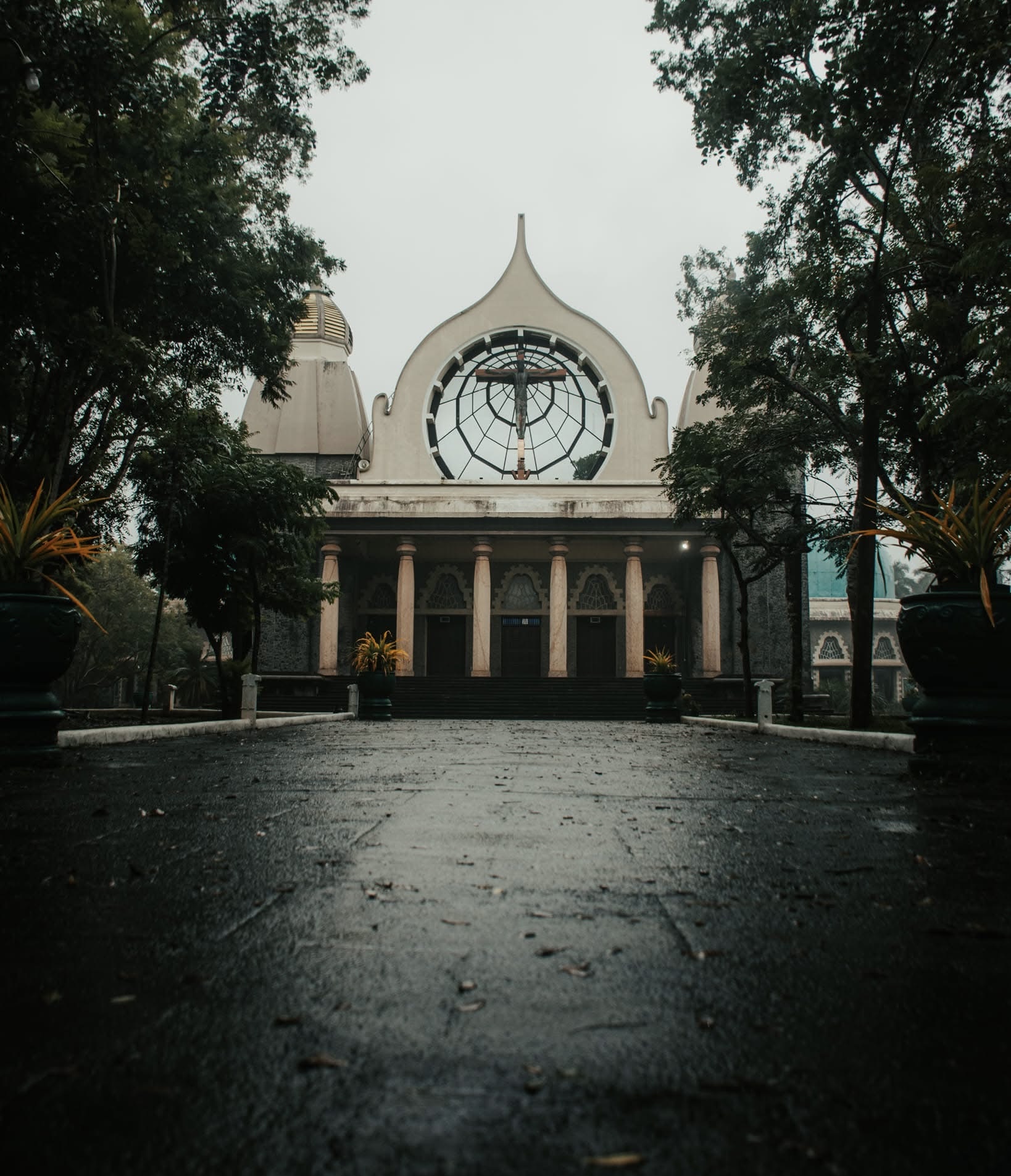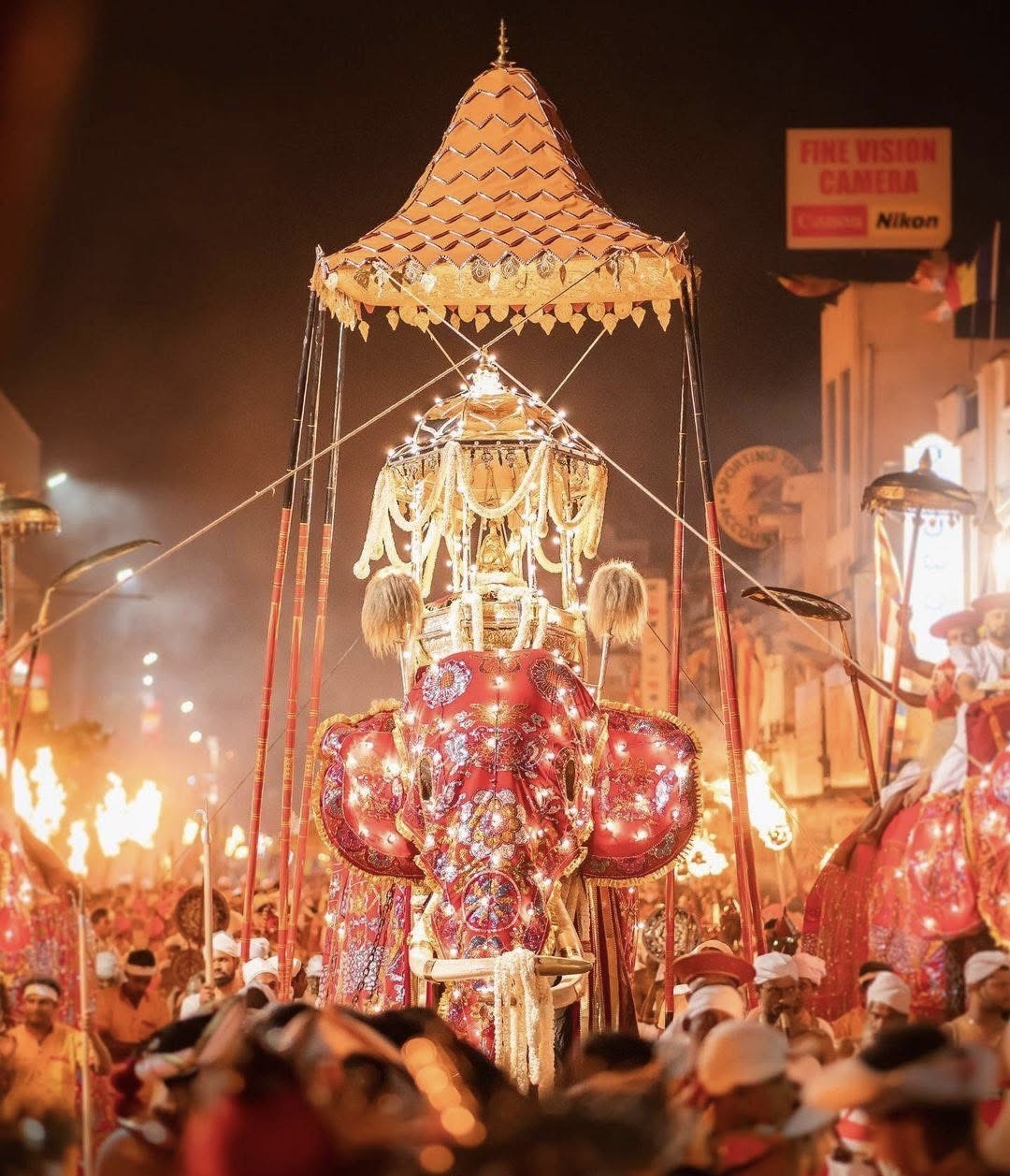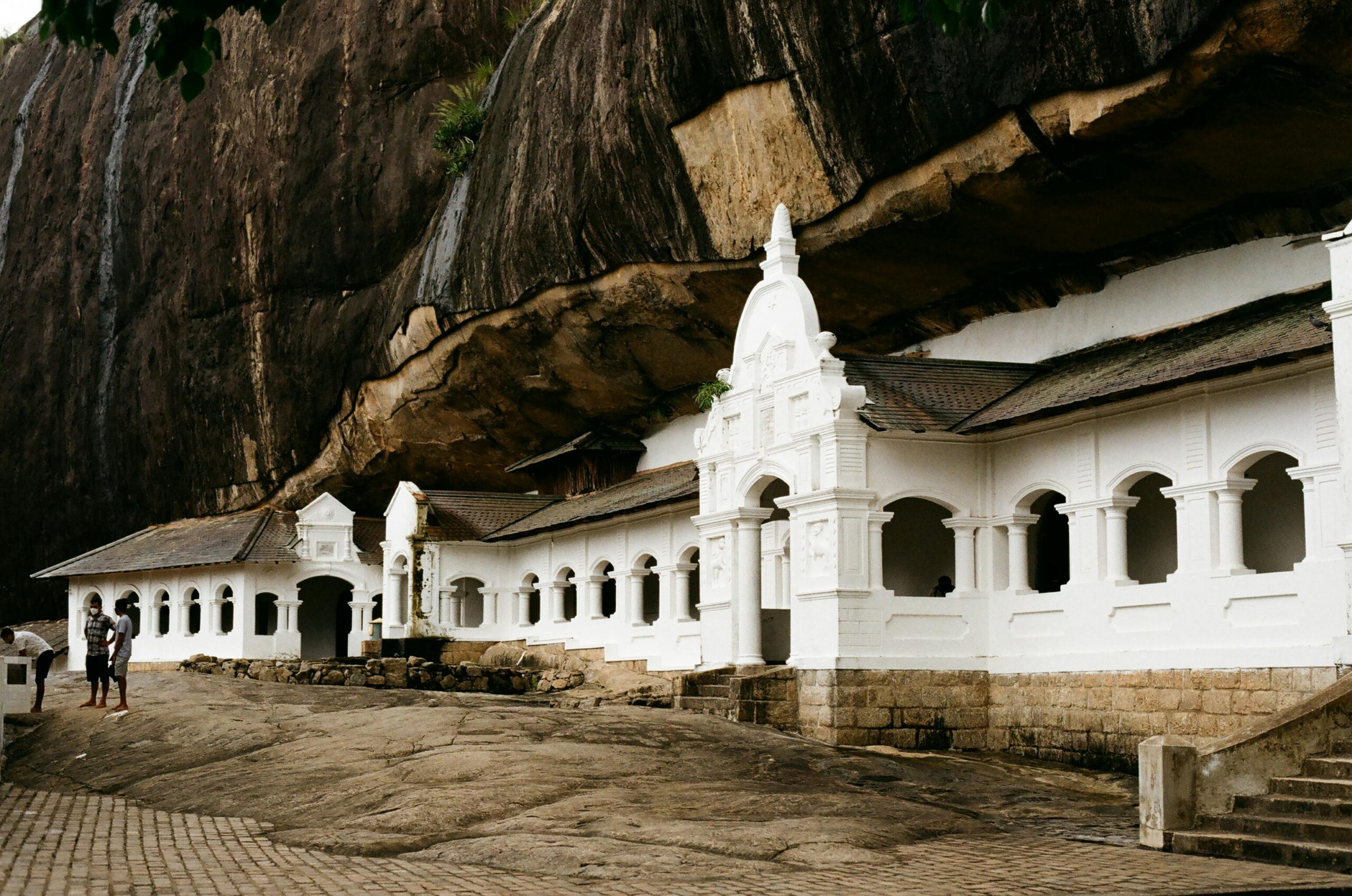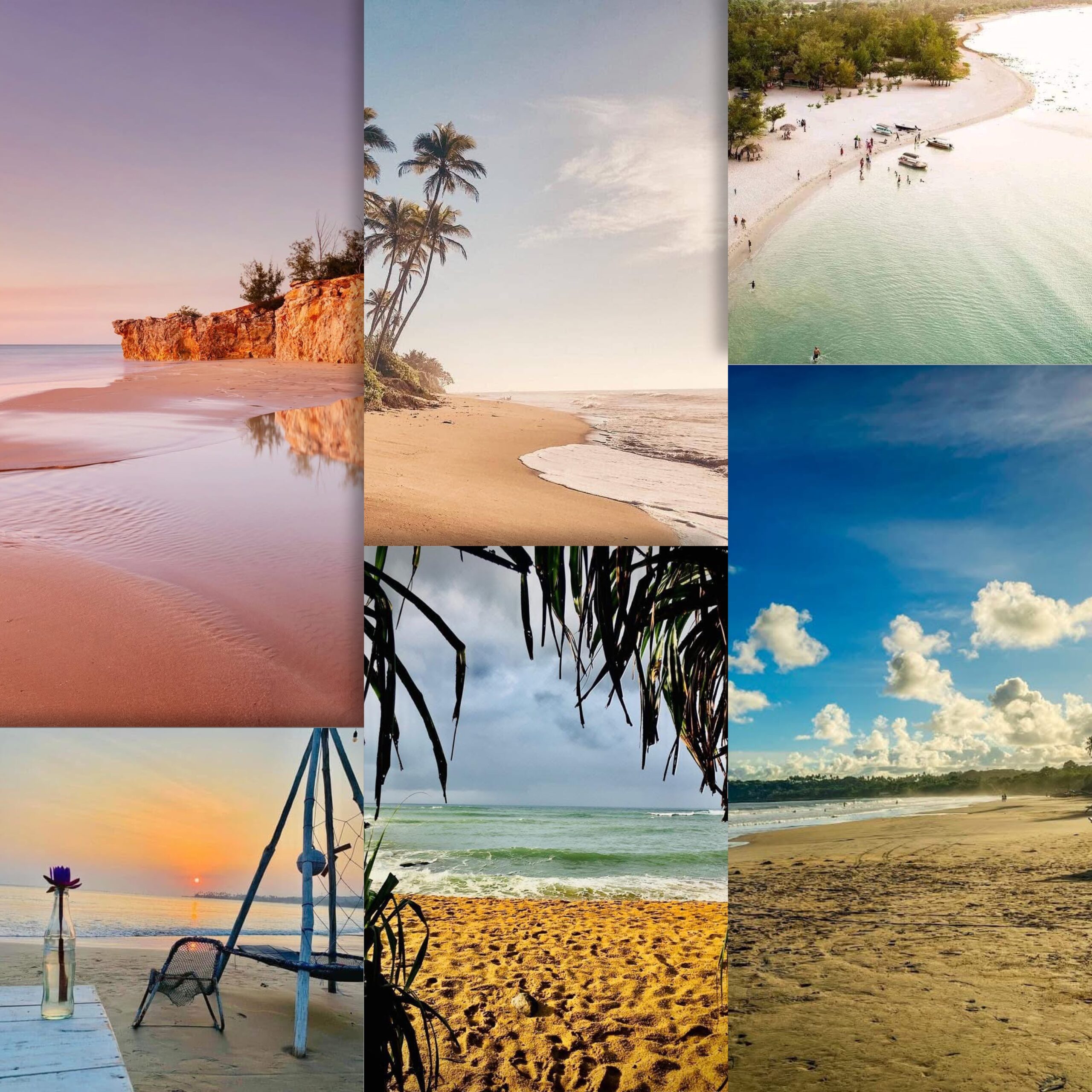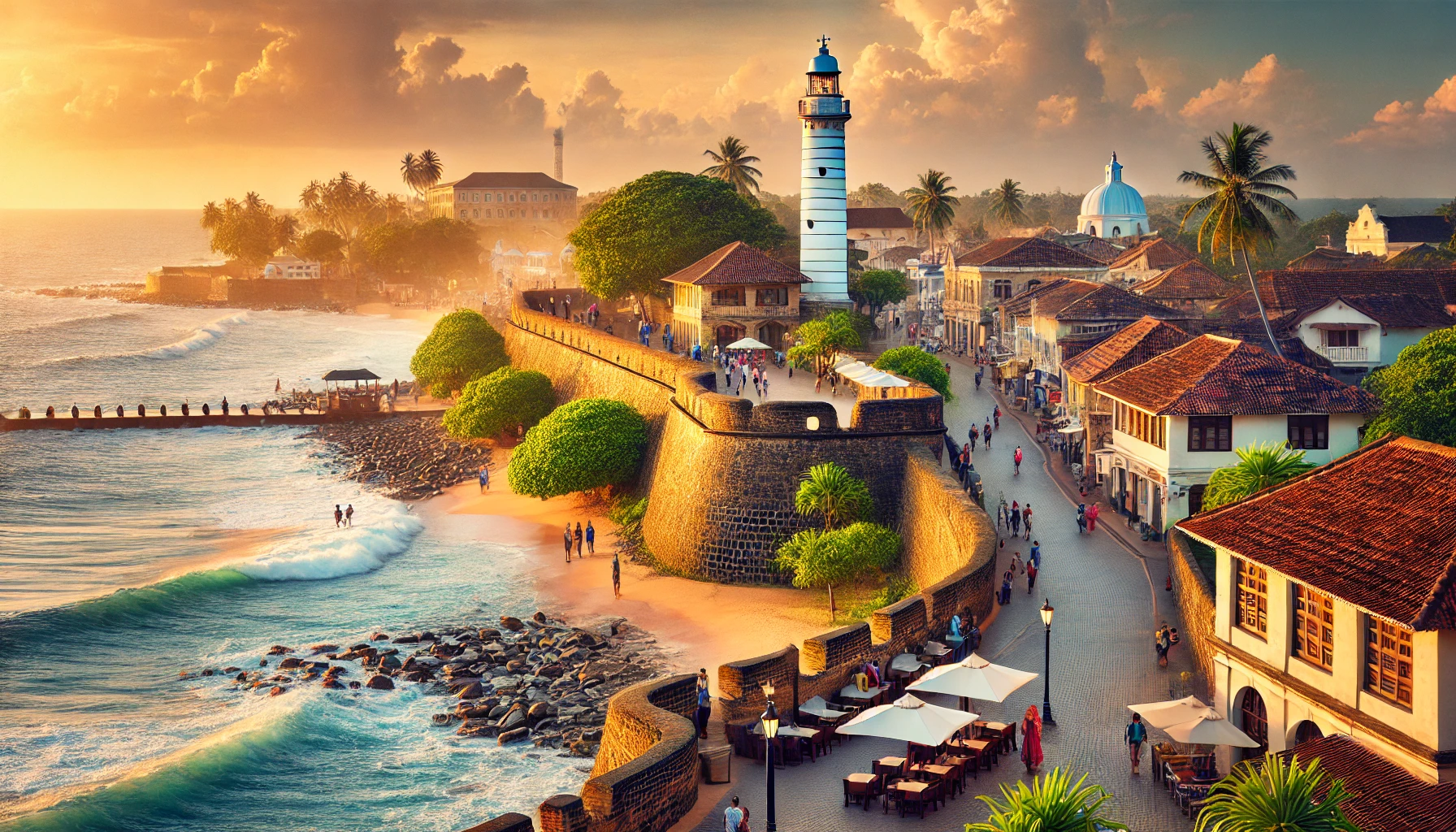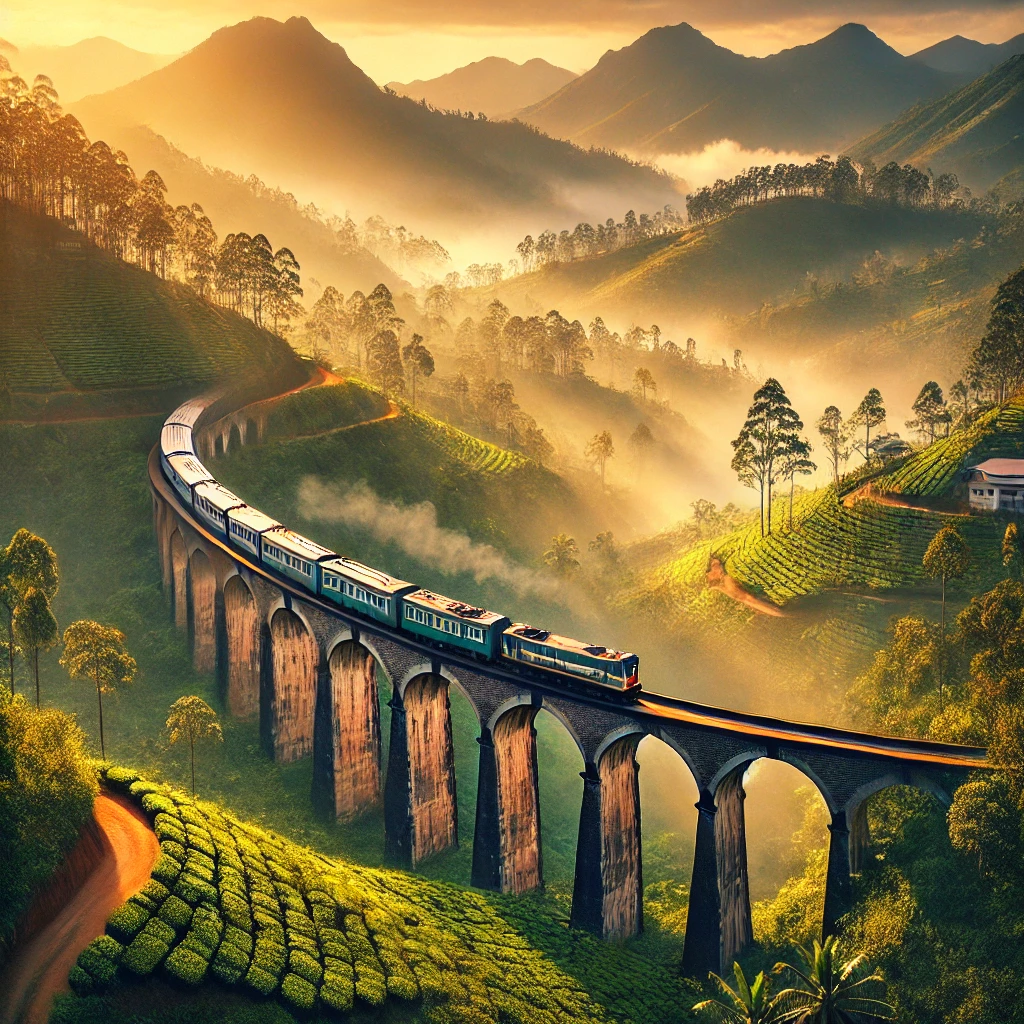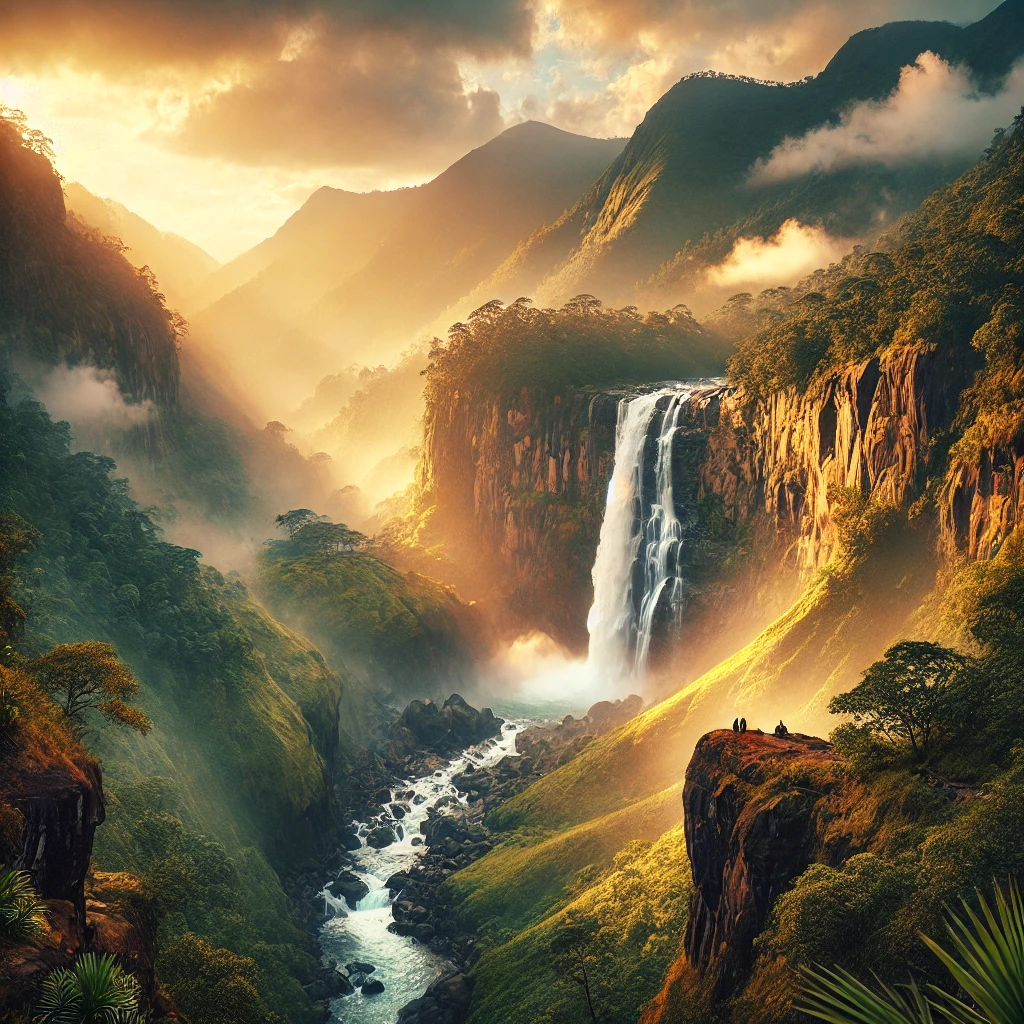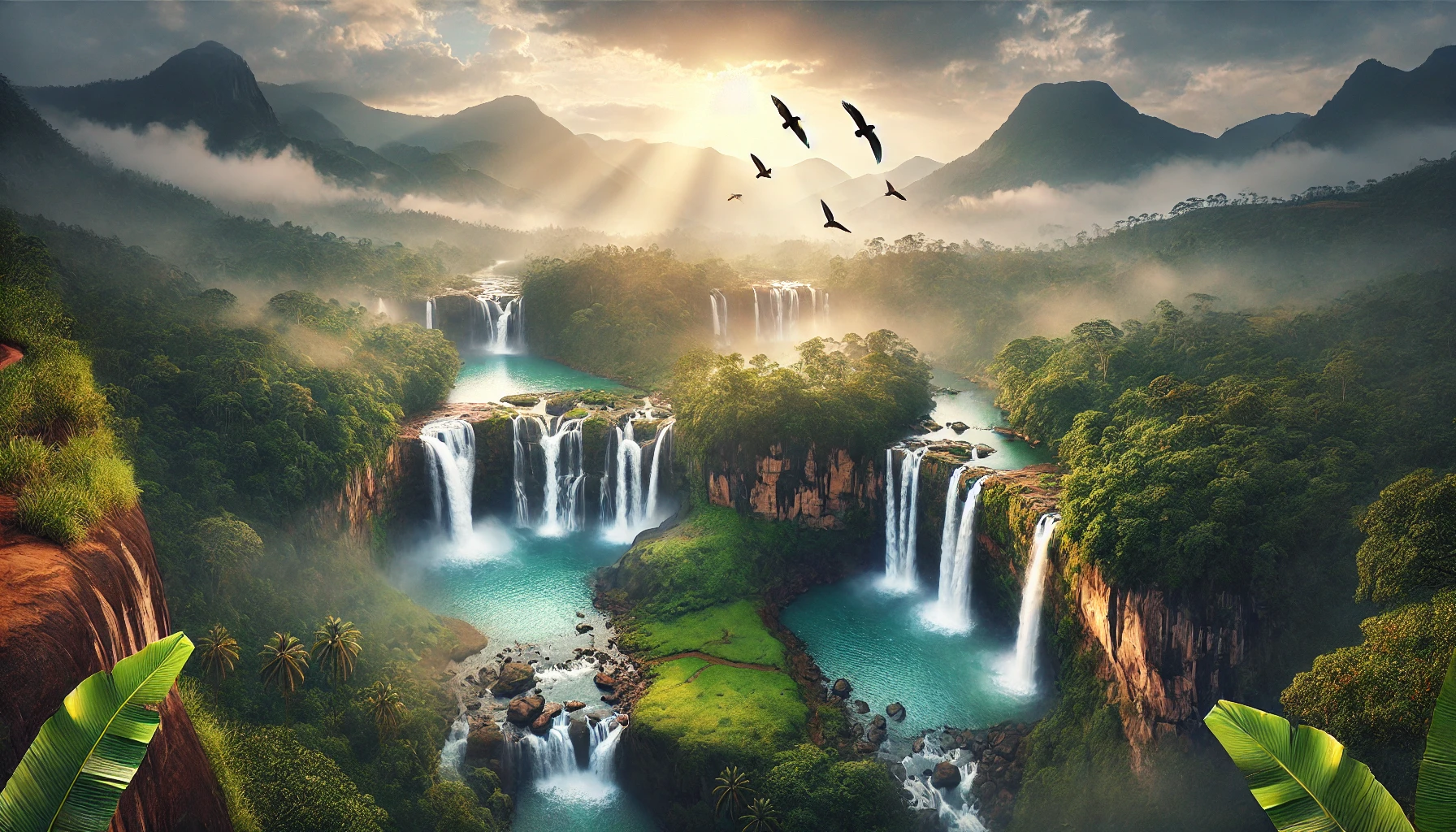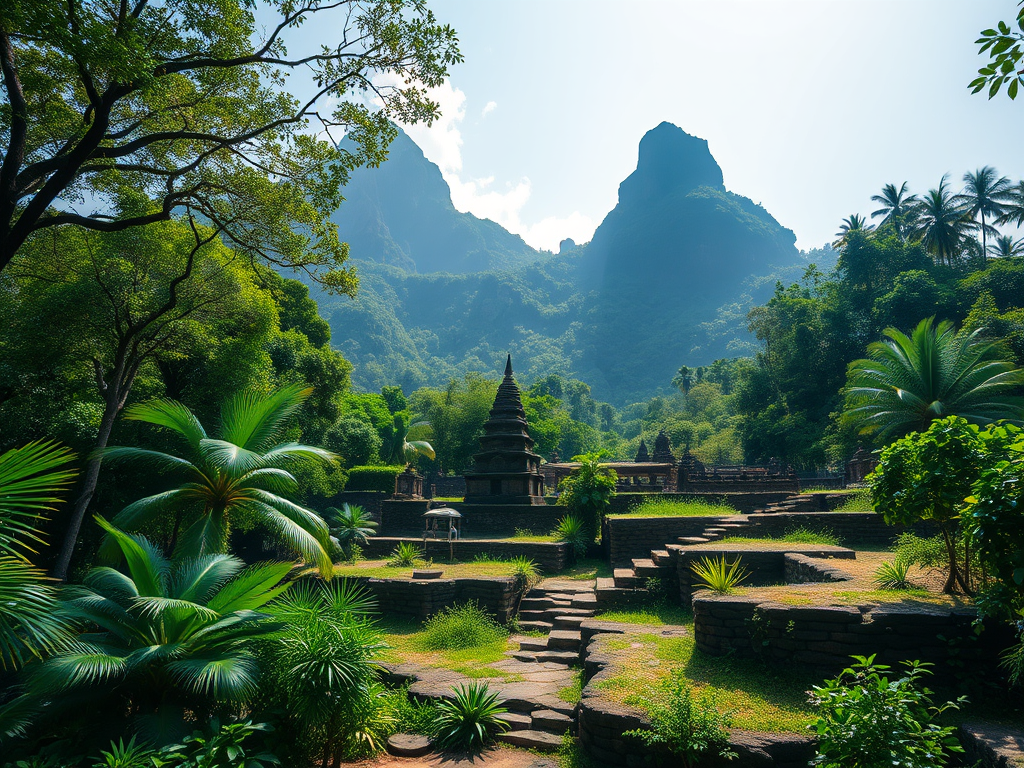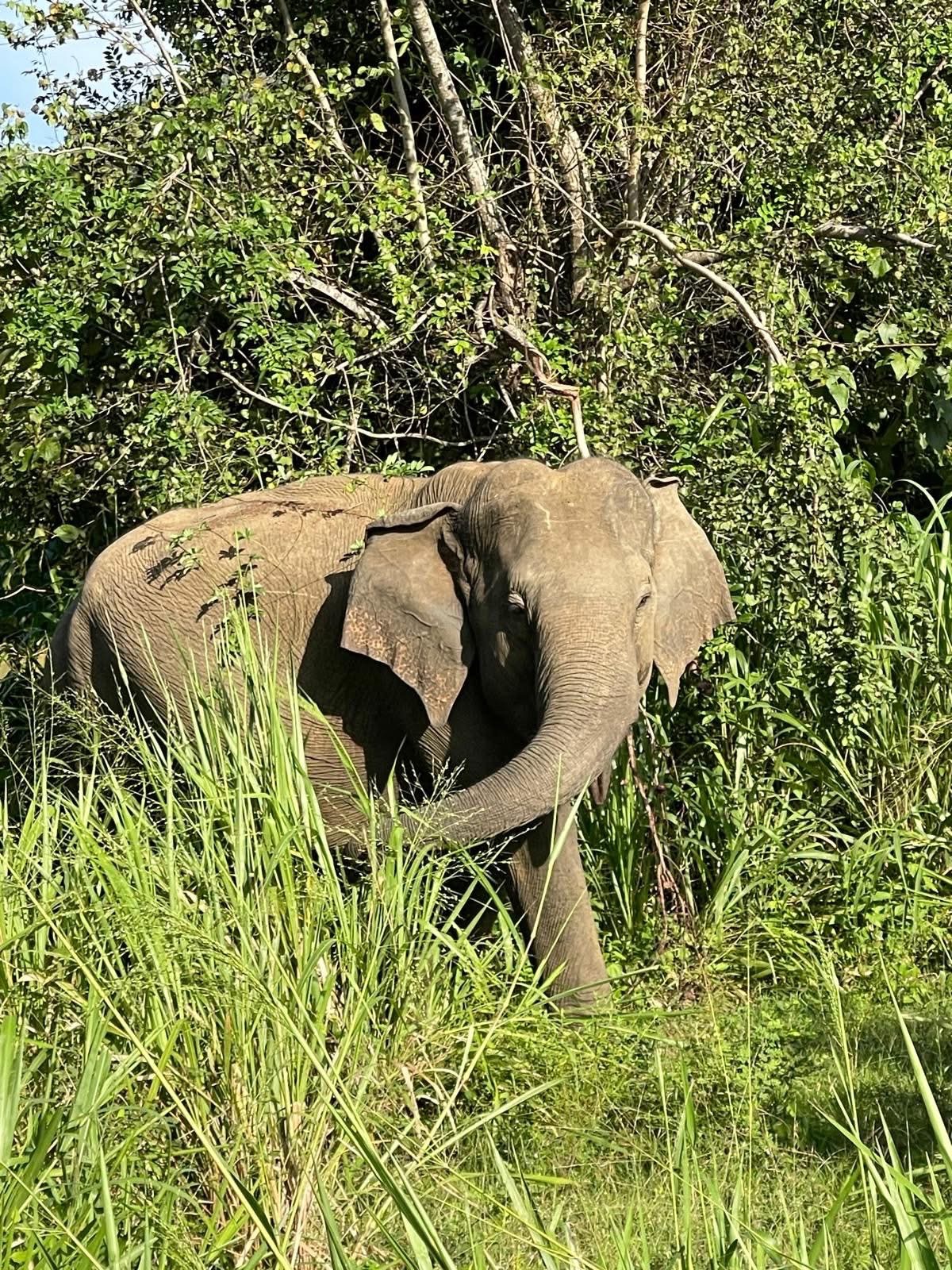Introduction
The National Basilica of Our Lady of Lanka is a revered Marian shrine. It is one of Sri Lanka’s most significant religious landmarks. Located in Tewatte, Ragama, this stunning basilica is a place of pilgrimage for thousands of devotees. Recognized for its spiritual importance and architectural beauty, it stands as a testament to Sri Lanka’s deep-rooted Catholic heritage.
In this guide, we’ll cover:
✔ The history and significance of the Basilica
✔ The history of Christianity in Sri Lanka
✔ Present-day religious importance and visitor experience
✔ Travel logistics, best times to visit, and essential tips
✔ Nearby attractions worth exploring
The History of the National Basilica of Our Lady of Lanka
Origins: A War-Time Vow Turned into a Sacred Landmark
The basilica’s origins date back to World War II. Archbishop Jean-Marie Masson made a solemn vow. He vowed to construct a church dedicated to Our Lady of Lanka. This promise was contingent on Sri Lanka being spared from the ravages of war. He would continue only if the country remained unharmed. When the island remained unharmed, the construction of the basilica began as a tribute to the Virgin Mary.
Christianity in Sri Lanka: A Historical Perspective
Christianity was introduced to Sri Lanka by St. Thomas the Apostle in the 1st century AD. However, it gained prominence with the arrival of Portuguese missionaries in the 16th century. The Jesuits, Franciscans, and Dominicans established churches and converted many locals to Catholicism. Although it faced persecution during Dutch rule (17th century), Catholicism endured. Under British rule, it thrived. This period led to the establishment of grand churches. One notable example is the National Basilica of Our Lady of Lanka.
Architectural Grandeur and Symbolism
Inspired by the St. Peter’s Basilica in Vatican City, the basilica blends Romanesque and indigenous Sri Lankan architecture. Key features include:
🔹 A majestic blue dome, symbolizing the sky and divine presence
🔹 Elegant stained-glass windows, depicting Marian devotion
🔹 A tranquil grotto, resembling the Lourdes shrine in France
🔹 A towering crucifix, signifying faith and protection
🔹 A grand main altar, dedicated to Our Lady of Lanka
The basilica was officially declared a Minor Basilica by Pope Paul VI in 1974, marking its global religious significance.








The Spiritual Significance of the Basilica
Our Lady of Lanka: The Patroness of Sri Lanka
The Virgin Mary holds a special place in Sri Lankan Catholicism. Devotion to Our Lady of Lanka intensified during World War II, as locals prayed for her protection. Today, she remains the patroness of Sri Lanka, with many believers attributing miracles and answered prayers to her intercession.
Role in the Catholic Church
✔ A national pilgrimage site where thousands gather for prayer and healing
✔ Home to annual Marian feasts, attracting devotees from across Sri Lanka
✔ A center for spiritual retreats, confessions, and sacraments
✔ Offers healing Masses and prayers for the sick and needy
Challenges & Preservation Efforts
Despite its significance, the basilica faces challenges like:
❌ Weathering and natural wear on murals and statues
❌ Increasing footfall leading to maintenance concerns
❌ Need for continued restoration and conservation
Church authorities and devotees actively engage in preservation efforts to keep the site’s beauty and sanctity.
How to Visit the National Basilica of Our Lady of Lanka
Getting There 🚗🚆
📍 Location: Tewatte, Ragama (15 km from Colombo)
✔ From Colombo: 30-minute drive via Negombo Road
✔ From Bandaranaike International Airport: 25-minute drive
✔ By Train: Nearest railway station – Ragama (5 km away)
✔ By Bus: Frequent buses from Colombo Fort to Ragama
Entry & Visiting Hours
⏰ Opening Hours: 6:00 AM – 7:00 PM
🎟 Entry Fee: Free (Donations are welcome)
👕 Dress Code: Modest attire (shoulders & knees covered)
What to Expect When Visiting
🏛 A Serene Atmosphere for Prayer and Reflection
Step into an oasis of tranquility. The peaceful ambiance invites visitors to pray. It allows them to meditate and reflect in the presence of Our Lady of Lanka.
🎶 Beautiful Choir Performances During Mass
Experience the harmonious and uplifting choral music. This music enhances the spiritual experience during daily and special Mass services.
🌳 Peaceful Gardens Ideal for Meditation
The basilica is surrounded by lush greenery. These well-maintained gardens provide a perfect setting for quiet contemplation. It is also great for personal reflection.
📸 Stunning Photo Opportunities of the Basilica’s Facade
Marvel at the majestic blue dome. Capture the stunning architecture. Take breathtaking photos that reflect both the beauty and sanctity of this religious landmark.
🙏 A Chance to Experience Spiritual Healing and Deep Prayer
Many visitors seek spiritual renewal. They look for healing and divine guidance at this sacred site. Visitors find comfort and solace in prayer and the blessings of Our Lady of Lanka.




Nearby Attractions
🌊 Negombo Beach – A scenic coastal retreat (30 min away)
⛪ St. Sebastian’s Church, Negombo – A gothic-style Catholic church
🛍 Pettah Market, Colombo – A vibrant shopping experience
🏰 Kelaniya Raja Maha Vihara – A significant Buddhist temple nearby
Best Time to Visit the Basilica ☀️
✔ December – February: Pleasant weather, ideal for visits
✔ August: Special Marian feasts and celebrations
✔ Early mornings or late afternoons: Cooler temperatures & fewer crowds
Essential Travel Tips 📝
✅ Carry drinking water – The tropical climate can be humid
✅ Wear comfortable shoes – Some walking is required
✅ Keep silence – Respect the sacred environment
✅ Avoid visiting during peak hours if seeking solitude
Conclusion
The National Basilica of Our Lady of Lanka is more than just a religious site. It’s a symbol of faith. It also signifies resilience and Sri Lanka’s Catholic heritage. Whether you’re a devout pilgrim, part of history enthusiast, or a cultural traveler, this sacred Marian shrine offers something special. It provides a deeply enriching experience. It provides a meaningful journey. It caters to various interests. It also provides profound insights into the local culture.
With its rich history, the basilica continues to inspire many visitors. Its divine architecture and spiritual significance bless thousands each year. Plan your visit today and witness the spiritual grandeur of Our Lady of Lanka! 🙏✨
📢 Stay connected for more travel guides & insights on Sri Lanka’s hidden gems!
🔗 For official details, visit the Sri Lanka Tourism Website – https://www.sltda.gov.lk/en
